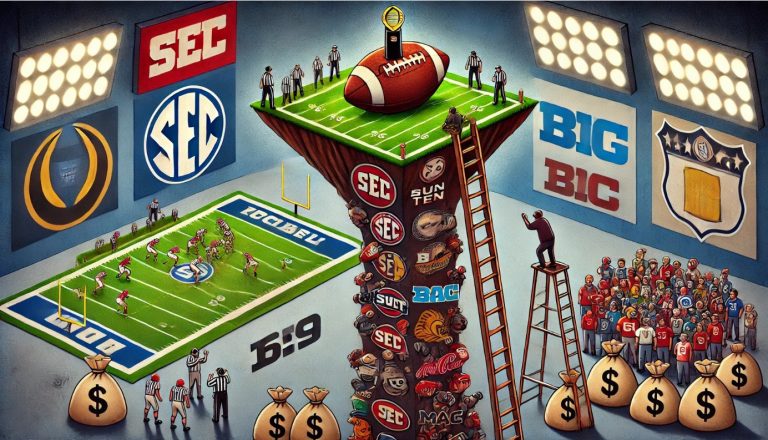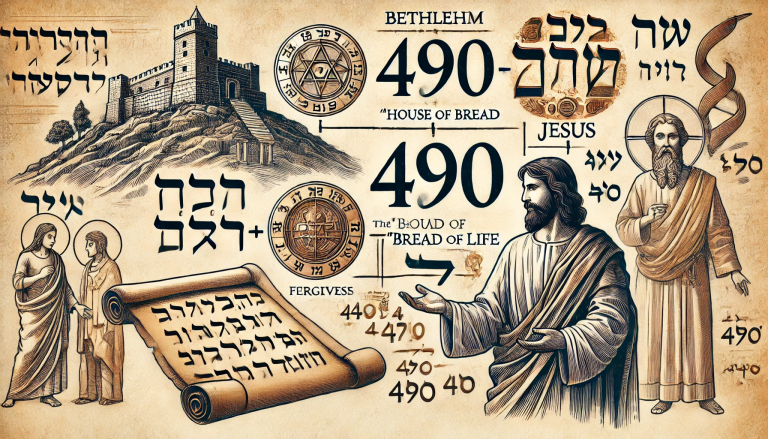
By Larry Billinger
One common argument atheists use to claim the Bible contradicts itself is the story of Adam’s death. In Genesis 2:17 (NIV), God tells Adam, “but you must not eat from the tree of the knowledge of good and evil, for when you eat from it you will certainly die.” Yet, Adam lives to be 930 years old according to Genesis 5:5. Let’s explore why this isn’t a contradiction but rather a profound theological message.
Understanding “Death” in Context
First, we need to understand the phrase “you will certainly die.” The Hebrew word for “die” (מות, muth) can imply both physical and spiritual death. The immediate consequence of eating the forbidden fruit was a spiritual death—a separation from God, not an instant physical death. Adam and Eve didn’t drop dead that day, but they did begin to experience the reality of mortality.
Immediate Spiritual Consequence
Upon eating the fruit, Adam and Eve’s eyes were opened; they realized their nakedness, felt shame, and hid from God (Genesis 3:7-10). This indicates a spiritual death, a separation from the intimate relationship they had with their Creator. They lost their innocence and their direct connection with God, which is a form of death.
The Beginning of Physical Death
While Adam did not physically die the day he ate the fruit, the process of physical decay and mortality began. Genesis 3:19 (NIV) states, “By the sweat of your brow you will eat your food until you return to the ground, since from it you were taken; for dust you are and to dust you will return.” This marks the start of human aging and eventual death, a consequence of their disobedience.
Theological Perspective
Many theologians interpret “for when you eat from it you will certainly die” as the certainty of death being established that day, rather than an immediate death. It’s like a death sentence being pronounced and later carried out. Romans 6:23 (NIV) supports this interpretation: “For the wages of sin is death, but the gift of God is eternal life in Christ Jesus our Lord.” This shows the connection between sin and death, both spiritually and physically.
Long Life in Early Genesis
The early chapters of Genesis describe extraordinarily long lifespans for humans. After the flood, God says in Genesis 6:3 (NIV), “My Spirit will not contend with humans forever, for they are mortal; their days will be a hundred and twenty years.” This suggests a divine decision to shorten human lifespans.
The Case of Jeanne Calment
Interestingly, Jeanne Calment of France, who is documented as the oldest person to have ever lived, reaching the age of 122 years and 164 days, has raised questions about the accuracy of her birth records. Born on February 21, 1875, and passing away on August 4, 1997, Calment’s age has been scrutinized by researchers. A study published in the journal Nature by Russian researchers Nikolay Zak and Philip Gibbs in 2018 suggested the possibility of identity fraud, hypothesizing that Jeanne Calment’s daughter, Yvonne, might have assumed her mother’s identity to avoid inheritance taxes. Despite this controversy, Jeanne Calment remains officially recognized by the Guinness World Records as the oldest verified person.
The next oldest verified person is Kane Tanaka of Japan, who lived to be 119 years old, passing away on April 19, 2022. This record is widely accepted without dispute. The significant difference between these modern lifespans and those described in early Genesis underscores the shift in human longevity.
Conclusion
By understanding the context and theological implications, we can see that Genesis does not contradict itself. Instead, it provides a consistent narrative about the consequences of sin, both spiritually and physically. This interpretation aligns with other parts of Scripture, highlighting the profound and interconnected messages throughout the Bible.
Extra Credit
The Bible does not specifically mention the word “apple” in the context of the forbidden fruit in the Garden of Eden, nor does it use the word “snake” as it is commonly understood in modern English. Here’s a closer look at the translations:
Forbidden Fruit
- Original Hebrew:
- The Hebrew word used for the forbidden fruit in Genesis is “פְּרִי” (peri), which simply means “fruit.”
- There is no specification of what type of fruit it was.
- Apple Tradition:
- The association of the fruit with an apple likely comes from early Christian interpretations and artistic representations.
- In Latin, the word for apple is “malus,” which is similar to the word for evil (“malum”). This linguistic similarity may have contributed to the apple being depicted as the forbidden fruit in Western tradition.
Serpent
- Original Hebrew:
- The Hebrew word used in Genesis 3 for the creature that tempts Eve is “נָחָשׁ” (nachash), which is translated as “serpent.”
- The term “serpent” is understood as a creature with deceptive characteristics, often depicted as a snake.
- Symbolism:
- In many ancient cultures, including the Hebrew context, serpents were symbolic of cunning, danger, and sometimes wisdom.
- The serpent in Genesis is traditionally interpreted as Satan or a representation of evil, though this interpretation develops more explicitly in later biblical texts and Christian theology.
Summary
- Apple: The Bible does not specify that the forbidden fruit was an apple; it is simply referred to as “fruit.”
- Serpent: The term “serpent” accurately translates from the Hebrew word “nachash,” which can be understood as a snake or a similar creature.
Additional References
- Revelation 12:9 (NIV) identifies the serpent with Satan: “The great dragon was hurled down—that ancient serpent called the devil, or Satan, who leads the whole world astray. He was hurled to the earth, and his angels with him.”
- 2 Corinthians 11:3 (NIV) references the deception of Eve by the serpent: “But I am afraid that just as Eve was deceived by the serpent’s cunning, your minds may somehow be led astray from your sincere and pure devotion to Christ.”
Understanding these translations and their interpretations can help clarify the symbolic nature of the story and its meanings beyond the literal words.


